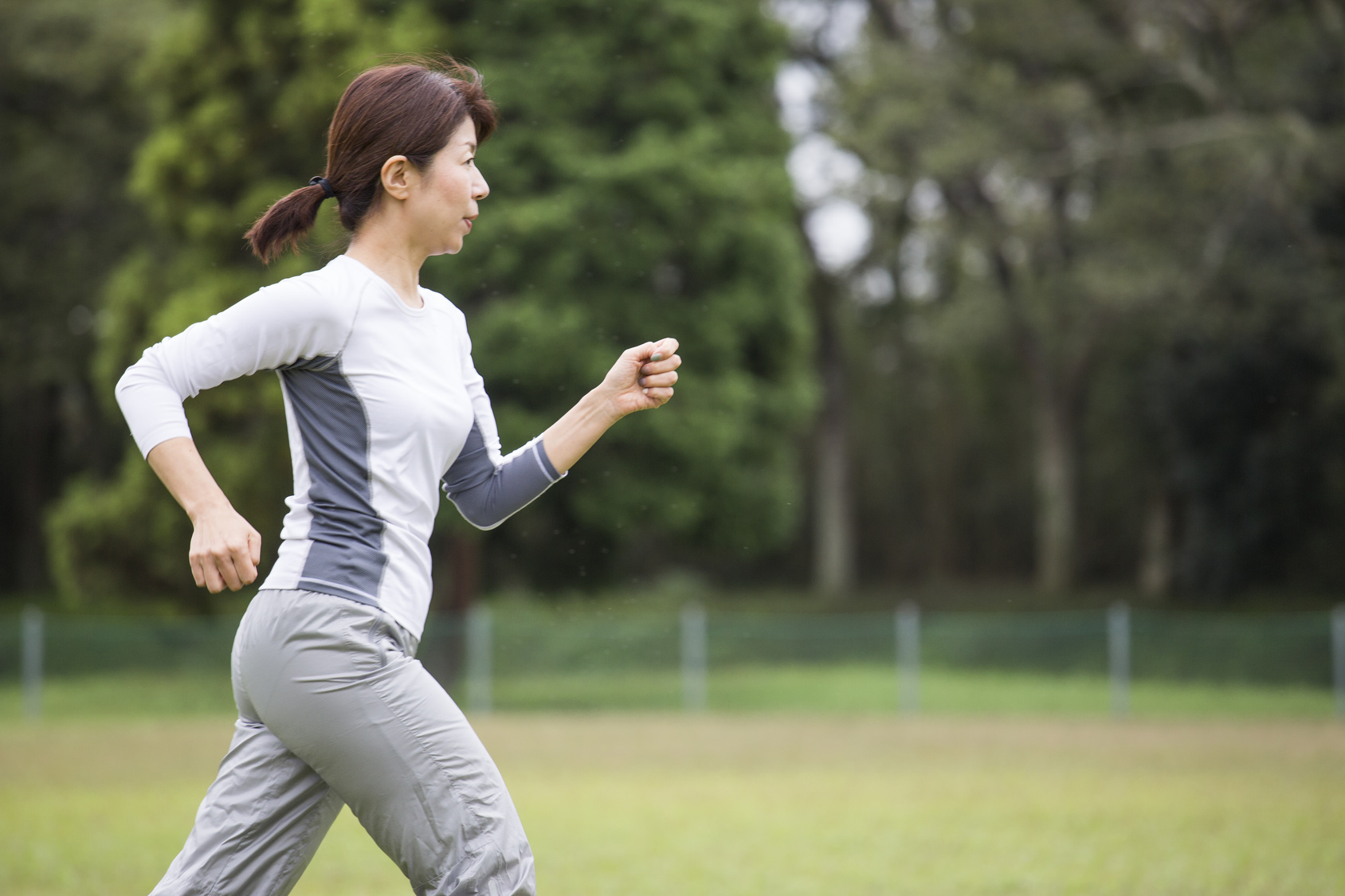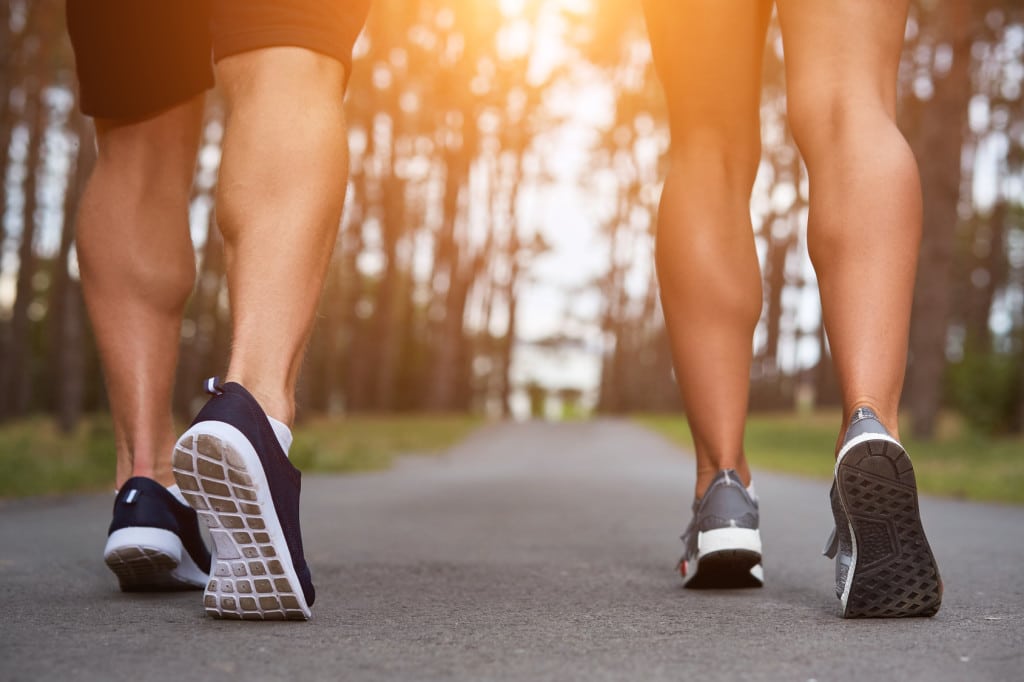Ever wondered why your peroneal muscles matter so much when you hit the pavement? You’ve landed in the perfect spot to find out.
Here’s the truth. Your peroneal muscles aren’t just for show. In fact, they’re not only crucial for moving forward, but are also the secret sauce to keeping your feet and ankles stable and balanced.
Why it’s the case and what’s the evidence behind it? That’s where this post comes in handy.
In today’s article, I’m spilling the beans on the peroneal muscles. More specifically, I’ll delve into their structure, their importance for runners, what happens when they’re not in top form, and most importantly, how to keep them in prime condition for your runs.
Sounds like a great deal?
Then let’s dive in.
Anatomy of the Peroneal Muscles
Tucked snugly along the fibula, the peroneal muscles, also referred to as the fibularis muscles, are essential players in the mechanics of your lower leg. Not just a single muscle, this trio includes the peroneus longus, brevis, and occasionally, the tertius. They’re pivotal for foot and ankle movement, especially while running.
Let’s take a closer look at this trio.
The peroneus longus is the longest and most noticeable. Starting at the head of the fibula, it makes its way down, acting as a supportive backbone for your movements.
Just beneath it lies the peroneus brevis – shorter but equally vital, running parallel along the fibula.
Then there’s the peroneus tertius, a bit of a wildcard. Smaller and not always present, it resides at the lower front part of the leg when it does make an appearance.
Both the longus and brevis muscles originate from the fibula, the slender partner to the tibia in your lower leg. As they travel downwards, they transform into tendons near the ankle, seamlessly connecting muscle to bone.
Function of the Peroneal Muscles in Running
Ever wondered how the peroneal muscles contribute to your running? These muscles are not just a part of the anatomy – they’re key every stride, making a big difference in both your performance and injury prevention.
Let’s dive into the diverse and crucial functions they play in running.
- Ankle Movement Assistance. Picture yourself on a trail, navigating rocks and roots. That smooth, adaptable movement of your ankle? Well, you can thank your peroneal. They work with other muscles to ensure your ankle joint moves fluidly, adapting to varying terrains.
- Ankle Stability. Every time your foot strikes the ground, your peroneal muscles spring into action, stabilizing the ankle. This is key in preventing rolls or sprains, especially on unpredictable surfaces.
- Eversion Movement. These muscles enable eversion – the outward turning of the foot. This action is crucial for maintaining balance and preventing ankle sprains, a common issue for runners on uneven ground.
- Arch Support. The peroneus longus, in particular, is a key player in supporting the arch of your foot. By crossing under the foot, it ensures proper foot mechanics and efficient force distribution, as detailed in this research.
- Support While Standing. Even when you’re just standing, the peroneals are at work. They help you balance on one foot or stand steadily on both, acting like invisible pillars of support.
- Shock Absorption. Upon foot landing, these muscles also contribute to absorbing and distributing impact. This may reduce stress on the ankle and lower leg.
Downside of Weakness
The peroneal muscles are real workhorses when it comes to running, but they’re not indestructible. They can run into trouble, especially if you’re hitting the pavement regularly.
Let me break down some common issues these muscles face and how to deal with them:
Peroneal Tendonitis:
Ever felt swelling and pain around the side of your ankle? That could be peroneal tendonitis, usually thanks to doing too much too soon with your runs. The fix? Ease up on increasing your mileage or intensity. Make sure you’re resting enough, icing the sore spots, and double-checking that your shoes are doing their job. Adding some strength and stretch exercises for these tendons into your routine can also work wonders for both preventing and bouncing back from tendonitis.
Peroneal Tendinopathy:
This one’s a bit sneakier, as it creeps up from repetitive overuse, making your peroneal muscles tired and inflamed. A smart move here is to mix up your training with some cross-training. Think swimming or cycling to keep up your fitness without putting extra pressure on those tendons.
Peroneus Longus Muscle Strain:
If you’ve ever made a quick, sharp movement and felt a twinge along the side of your foot, you might have stretched your peroneal muscle too far. To avoid this, work on your balance and proprioception (that’s your body’s sense of movement and positioning). These exercises can really help your body handle surprises without going into strain territory.
Peroneal Tendon Subluxation or Dislocation:
This is when your tendons slip out of place, often after a sudden twist or turn of the ankle. To keep things in line, consider using ankle braces or taping for extra support. And don’t skip on exercises aimed at strengthening and stabilizing your ankle to prevent future slips.
Preventing Peroneal Injuries In Runners
Peroneal injuries can indeed be a setback for runners, but with the right preventive strategies, you can reduce your risk of injury.
Let’s break down a few strategies:
Supportive Footwear:
I hate to sound cliché but the right running shoes are a game-changer. Once I started opting for shoes that complemented my unique gait, I was able to overcome many a running pain. And don’t even get me started on custom orthotics – they’re like magic for those of us with specific biomechanical needs.
Here are few resources on how to choose proper running shoes
Strengthening Exercises for the Peroneal Muscles
Improving your peroneal muscles strength is important, not just for enhancing performance but also for preventing injuries.
Here are some effective exercises along with recommendations on how often to do them and how to integrate them into your training:
Ankle Eversion with Resistance Band
- How to: Secure one end of a resistance band to a fixed object and loop the other end around the outside of your foot. Sit with your leg extended and turn your foot outward against the band’s resistance.
- Repetitions: 10-15 reps per leg.
- Frequency: 2-3 times a week.
Single-Leg Balance
- How to: Stand on one foot, maintaining balance for 30 seconds to a minute. Increase difficulty by closing your eyes or standing on an unstable surface like a cushion.
- Duration: 30 seconds to 1 minute per leg.
- Frequency: Daily, as part of your warm-up or cool-down routine.
Heel Walks
- How to: Lift the front part of your feet off the ground and walk on your heels for a set distance or time.
- Duration: 30-60 seconds.
- Frequency: 2-3 times a week.
Toe Curls
- How to: Place a towel on the floor and use your toes to scrunch it towards you.
- Repetitions: 10-15 reps.
- Frequency: 2-3 times a week.
The Role of Flexibility and Mobility
I never really valued flexibility until I started yoga. Incorporating ankle circles, towel stretches, and calf stretches into my daily routine, I discovered how flexibility enhances the function of the peroneal muscles. It’s like oiling the hinges of a door – everything just moves more smoothly.
Here are two reasons you should care:
- Enhanced Function: Good mobility in the ankle and foot allows for a full range of motion. This is essential not only for efficient running but also for the proper activation of the peroneal muscles. It enables the foot to adapt to various surfaces, helps in proper force distribution during the stride, and reduces the risk of overuse injuries.
- Injury Prevention: Flexibility in the lower leg, particularly around the ankle and foot, can significantly reduce the risk of injuries. Tight muscles and restricted movement can lead to compensatory patterns that may cause strain in other areas, including the peroneal muscles.
Here are a few movements that can help you improve mobility:
Ankle Circles
- How to: Sit or lie down and extend your leg. Rotate your ankle slowly in clockwise and then counterclockwise directions.
- Repetitions: 10 circles in each direction.
- Frequency: Daily, especially before and after runs.
Towel Stretch
- How to: Sit with your legs straight out in front of you. Wrap a towel around the ball of your foot and gently pull towards you, feeling the stretch in your calf and along the side of your lower leg where the peroneal muscles are located.
- Duration: Hold for 15-30 seconds.
- Repetitions: 2-3 times per foot.
- Frequency: Daily.
Calf Stretch
- How to: Stand facing a wall. Extend one leg back, keeping your heel on the ground, and lean forward until you feel a stretch in the calf of the extended leg.
- Duration: Hold for 15-30 seconds.
- Switch Legs: Repeat on the other leg.
- Frequency: Daily.
Conclusion
So there you have it – a deep dive into the world of peroneal muscles from my own experiences and learnings. Whether you’re a seasoned runner or just starting out, understanding and caring for these muscles is crucial.
Remember, every step you take is powered by these unsung heroes, so let’s give them the attention they deserve.
Now, let’s hit the ground running – efficiently and without any ouches!









